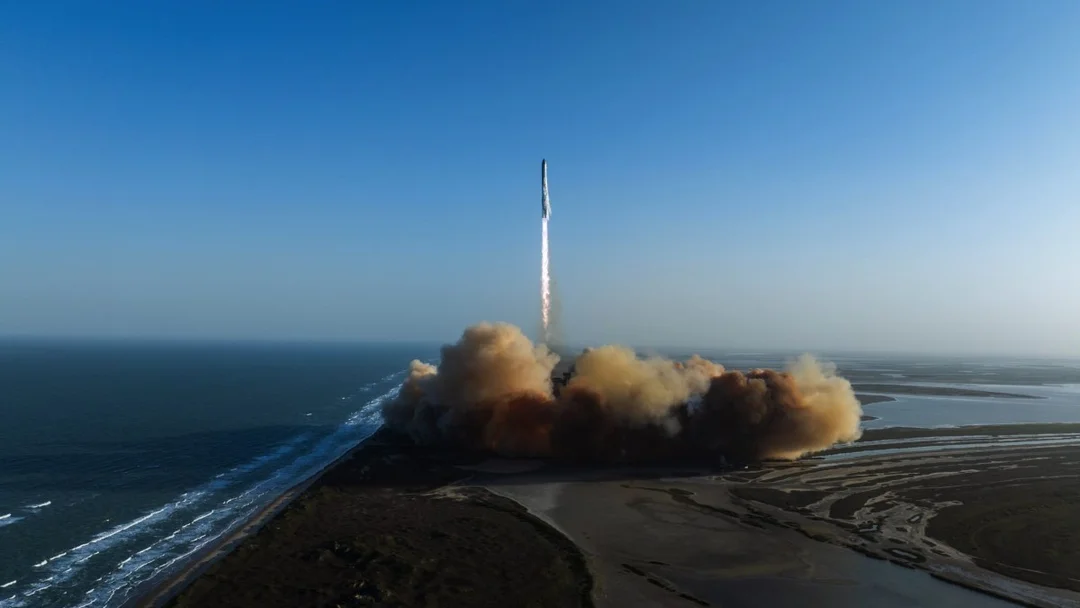
FAA Greenlights Increased Starship Launches: SpaceX’s Path to 25 Annual Flights
SpaceX has received a major boost in its ambitious Starship program. The Federal Aviation Administration (FAA) has granted environmental approval for SpaceX to conduct up to 25 Starship/Super Heavy launches annually from its Starbase facility in Boca Chica, Texas. This marks a significant increase from the previous limit of five launches per year.

The FAA's decision, documented in a record of decision issued on May 6, 2025, follows an environmental assessment regarding the proposed increase. The assessment concluded with a mitigated finding of no significant impact (FONSI), meaning that the increase in launches wouldn't cause significant environmental damage that would necessitate a more in-depth environmental impact statement.
However, this approval comes with a series of conditions. These conditions, some carried over from previous approvals and others newly implemented, address concerns such as wastewater discharge from the launch deluge system, following allegations of unpermitted usage. Public feedback also played a role in shaping the final assessment. The FAA received over 12,000 comments on the draft, including opposition to potential Starship landings in the Pacific Ocean near Hawaii. As a result, any future Pacific landings would be restricted to outside the 200-nautical-mile exclusive economic zone around Hawaii, with a buffer around a marine national monument.
While SpaceX welcomes the approval, some local residents remain wary. David Dixon, a property owner on South Padre Island, expressed concerns about the long-term damage caused by launch vibrations to buildings. Furthermore, local activists, like Bekah Hinojosa with the South Texas Environmental Justice Network, are critical. They argue that SpaceX's operations negatively impact the local environment and restrict access to public beaches, advocating for a reassessment of SpaceX's permit process.
The increased launch cadence for Starship is part of SpaceX's broader strategy to ramp up launch activities across various locations. The FAA previously approved increasing Falcon 9 launches from Vandenberg Space Force Base to 50 per year. Environmental reviews are also underway for further Falcon 9 launches from Cape Canaveral and potential Starship launches from Kennedy Space Center and Cape Canaveral Space Launch Complex (SLC)-37.
This decision comes at a time when SpaceX faces increasing competition in the space internet sector. Amazon's Project Kuiper satellite launches last week signal a potential rivalry with SpaceX's Starlink.
While the FAA's approval marks a vital step for SpaceX, the journey is far from over. The company still needs to meet other licensing requirements. The last Starship launch in March ended in failure, with the rocket exploding before reaching its target altitude. SpaceX is currently investigating the incident. What long-term effects will the increased launch cadence have on the environment and local community? Share your thoughts in the comments below.